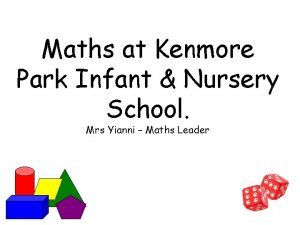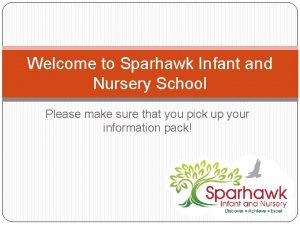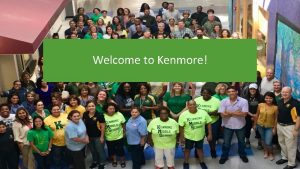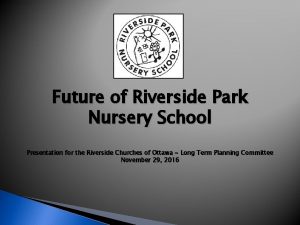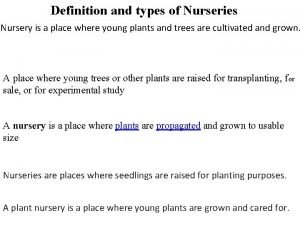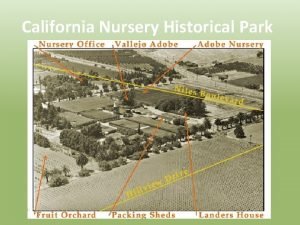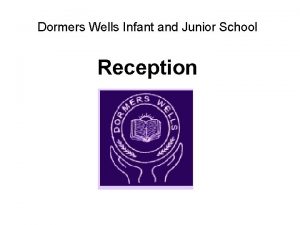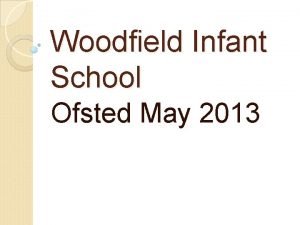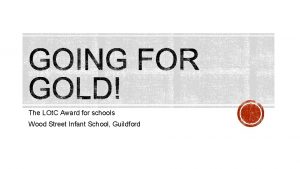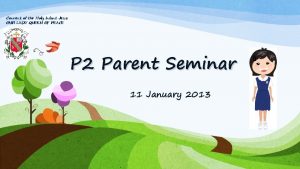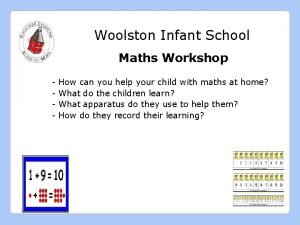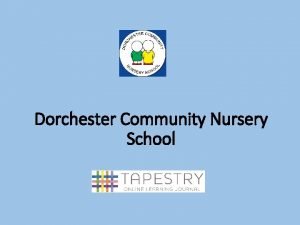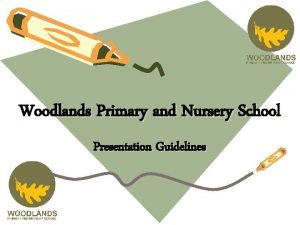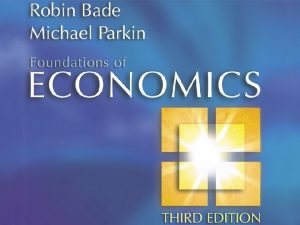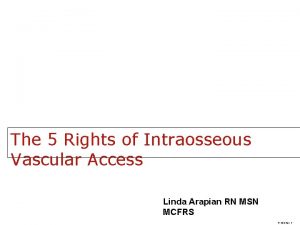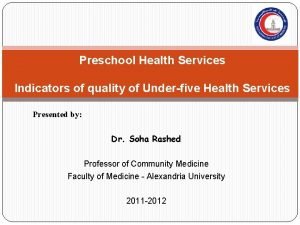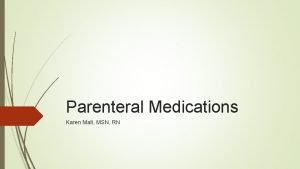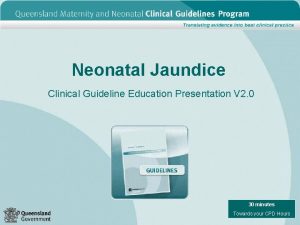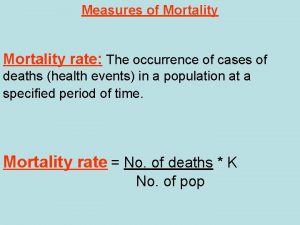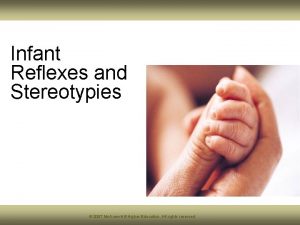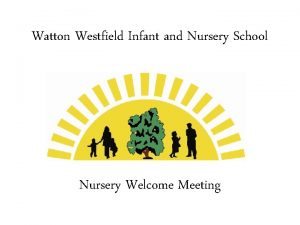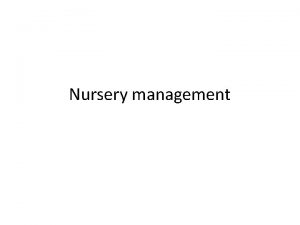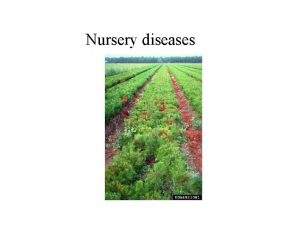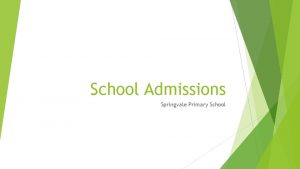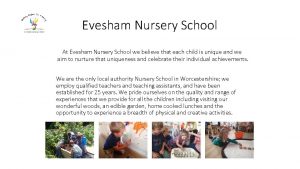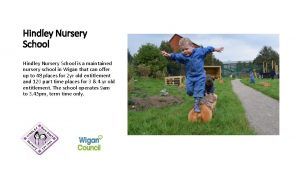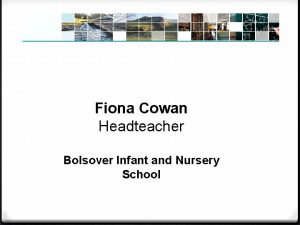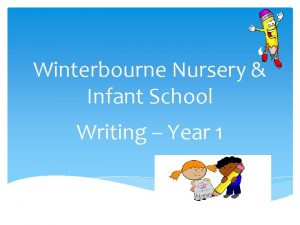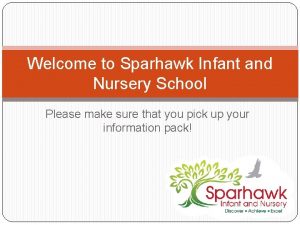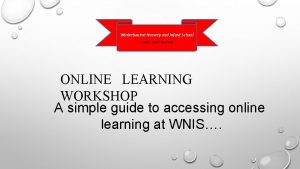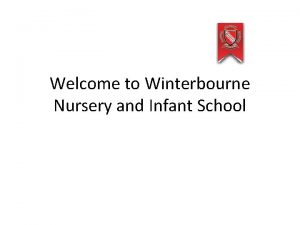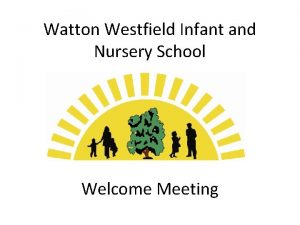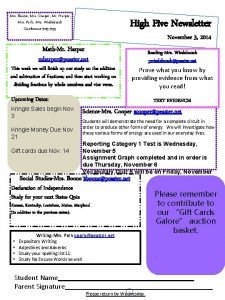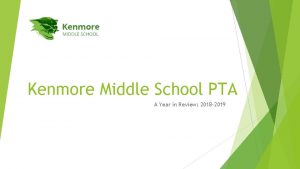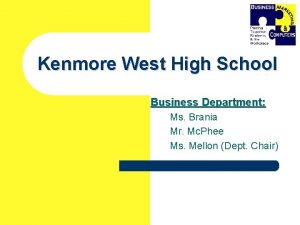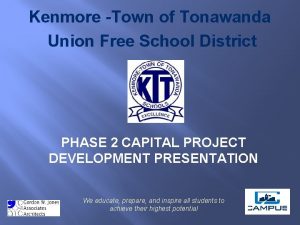Maths at Kenmore Park Infant Nursery School Mrs



































- Slides: 35

Maths at Kenmore Park Infant & Nursery School. Mrs Yianni – Maths Leader

Aims of Session • To give parents an insight into maths teaching and learning in school. • To share strategies so that parents can help their child at home. • To give parents ideas for using maths at home. • To help parents develop a positive attitude towards maths.

A Typical Lesson A daily lesson for mathematics should last about 45 minutes in key stage 1. o Whole class teaching time which is often interactive and children use whiteboards to join in. o Independent or small group activity. o Plenary to round off the lesson – sometimes during lessons.

Main Teaching Input and Pupil Activities The main part of the lesson provides time for: o Introducing new topics, consolidating previous work or extending it. o Developing mathematical vocabulary. o Using and applying concepts and skills. In this part of the lesson teachers: o Share the learning intention WALT (We Are Learning To) and the Success criteria. o Ensure that all pupils are supported effectively

What this looks like to the children • WALT: find the number that is 1 more and/or 1 less than a number. Success Criteria: I can say the number that is 1 more. I can say which number is 1 more and 1 less. I can write my numbers up to 20 correctly.

Maths Mastery • The phrase 'teaching for mastery' describes the elements of classroom practice and school organisation that combine to give pupils the best chances of mastering maths. Achieving mastery means acquiring a solid enough understanding of the maths that's been taught to enable pupils to move on to more advanced material.

A good grasp of the basics. • During Key Stage 1, there is a big focus on developing basic number skills. That means securing a good understanding of place value, and recognising number bonds first to 10, then to 20. Practising these skills frequently will help children’s mathematical thinking throughout school.

Mental Vs Written • It is vital that children have a good grasp of number concepts and are able to work things out mentally (in their head) before moving on to formal written methods.

Subtraction and Addition Subtraction is generally introduced alongside its inverse operation, addition. 3+5=8 5+3=8 8– 3=5 8– 5=3 ? +5=8 8 -? =3

Bar Model

Bar Model

Strategies for Addition and Subtraction year 1. 23 + 14 = Children in year 1 are not taught column addition We teach partitioning and recombining: 23 + 14 = 20 + 10 = 30 3+ 4= 7 30 + 7 = 37

Strategies for Addition and Subtraction year 2. • Children in year 2 are shown a version of column addition which is an expanded method. 23 + 14 30 7 37 20 + 10 3+4 30 + 7

Strategies for Addition and Subtraction. 43 - 14 = NOT 43 -14 We teach subtracting by partitioning: 43 - 14 = 43 - 10 = 33 33 - 4 = 29

The Empty Numberline

Multiplication • In Year 1 children are expected to count in multiples of 2 s, 5 s and 10 s. • In year 2 count in steps of 2, 3 and 5 from 0, and in 10 s from any number forwards and backwards. • Know that multiplication can be done in any order.

Teaching Multiplication In Year 1 • Using concrete objects (counting groups) • Pictorial representations.

Year 1 continued… • Using Arrays:

Teaching Multiplication In Year 2 • As repeated addition: • 2 x 4 or 4 x 2 2+2+2+2 4+4 • Using arrays

Division • A focus on understanding Multiplication and Division together. • Connecting this to an understanding of Fractions. • As with multiplication, the children in Year 1 are expected to solve one step problems using concrete, pictorial representations and arrays. • Recognise, find and name a half as one of two equal parts and recognise, find and name a quarter as one of four equal parts.

Division continued… • In Year 2 they must be able to recall and use multiplication and division facts for the 2, 5 and 10 x tables. • Solve problems involving multiplication and division. • Recognise, find, name and write fractions 1/3, 1/4, 2/4 and 3/4

Teaching Division In Year 1 • Using concrete objects:

Pictorial representations and arrays.

Teaching Division in Year 2 • Arrays 12 ÷ 4 = 3

Models of division for 12 ÷ 2 Grouping into 2 s Counting forwards (or backwards) in 2 s

Why do we use questions? • To find out what children know and review progress • To focus attention and stimulate thinking • To arouse interest and curiosity • To engage all pupils in a discussion • To really probe understanding • To help children express what they think, believe or know. • This list goes on and on…….

Open / Closed Questions • Often too many closed and unproductive questions are asked • Converting closed questions into open questions • How did you do that? • How can you be sure that…. . ? • How would you explain ……. ? • Why is……. True?

Speaking and Listening • Children need to talk about mathematics to clarify their own thinking. • ‘purposeful’ talk should be encouraged. • Enables useful assessment opportunities. • Verbal explanations can lead to self correcting • Speaking in complete sentences in Maths.

Assessment • Lots of schools use tests at all stages of their work. For the most part, these are part of a normal classroom routine, and support teachers’ assessment. However, at certain stages of schooling there also national tests which must be taken by all children in state schools. Often informally known as ‘SATs’, the National Curriculum Tests are compulsory for children at the end of Year 2 and Year 6.

Times tables challenge • Every child will be given a sticker chart for learning their Times Tables. • When they know any of their tables e. g. the 2 X etc they will be sent to Mrs Mahil-Pooni, who will test them and then give them a sticker to put on their chart (if they get them right).

Maths at home • Lockdown – parents as teachers • Practical activities…. not workbooks…. . cooking, capacity, • Maths at the supermarket • Maths in the car / at the park

Sensible Squirrel “I am Resourceful” • I try to find things out for myself. • I am confident to ask great questions. • I know what to do when I am stuck.

Team Ant “We work together” • We are good team players. • We like to work together. • We listen to each other. • We like to say ‘well done’ to others when they have good ideas.

Tough Tortoise “I am Resilient” • I like to be challenged. • I don’t give up when learning is hard. • I concentrate really well and I notice everything.

Wise Owl “I am Reflective” • I am a deep thinker. • I learn from my mistakes. • I use my reflection skills to go over what I have learnt and improve my work.
 Kenmore park infant and nursery school
Kenmore park infant and nursery school Sparhawk nursery
Sparhawk nursery Welcome to kenmore
Welcome to kenmore Riverside park nursery school
Riverside park nursery school Wholesale nursery definition
Wholesale nursery definition California nursery historical park
California nursery historical park They are mrs garcia and mrs castro
They are mrs garcia and mrs castro They are mrs garcia and mrs castro
They are mrs garcia and mrs castro Mrs. darling was ___________ of mrs. s.
Mrs. darling was ___________ of mrs. s. Hart plain infant school
Hart plain infant school Dormers wells infant school
Dormers wells infant school Woodfield infant school
Woodfield infant school Walter infant school
Walter infant school Wood street infant school
Wood street infant school Downs view infant school
Downs view infant school Convent of the holy infant jesus
Convent of the holy infant jesus Pinewood infant school
Pinewood infant school Woolston infant school
Woolston infant school Brush mountain park orchard park
Brush mountain park orchard park Dorchester community nursery
Dorchester community nursery Preschool in ukraine
Preschool in ukraine Nursery school presentation
Nursery school presentation Drdp modified essential view
Drdp modified essential view Infant-industry argument
Infant-industry argument Intraosseous meaning
Intraosseous meaning Keeping an infant safe and well section 7-3
Keeping an infant safe and well section 7-3 Infant mortality calculation
Infant mortality calculation Compression depth for child
Compression depth for child Vastus lateralis injection site
Vastus lateralis injection site Neonatal infant pain scale (nips)
Neonatal infant pain scale (nips) Neonatal jaundice
Neonatal jaundice Death rate formula
Death rate formula Primitive reflexes chart
Primitive reflexes chart Infant reflexes chart
Infant reflexes chart Juan soriano la niña muerta; the dead girl; dead infant
Juan soriano la niña muerta; the dead girl; dead infant Infant reflexes chart
Infant reflexes chart
